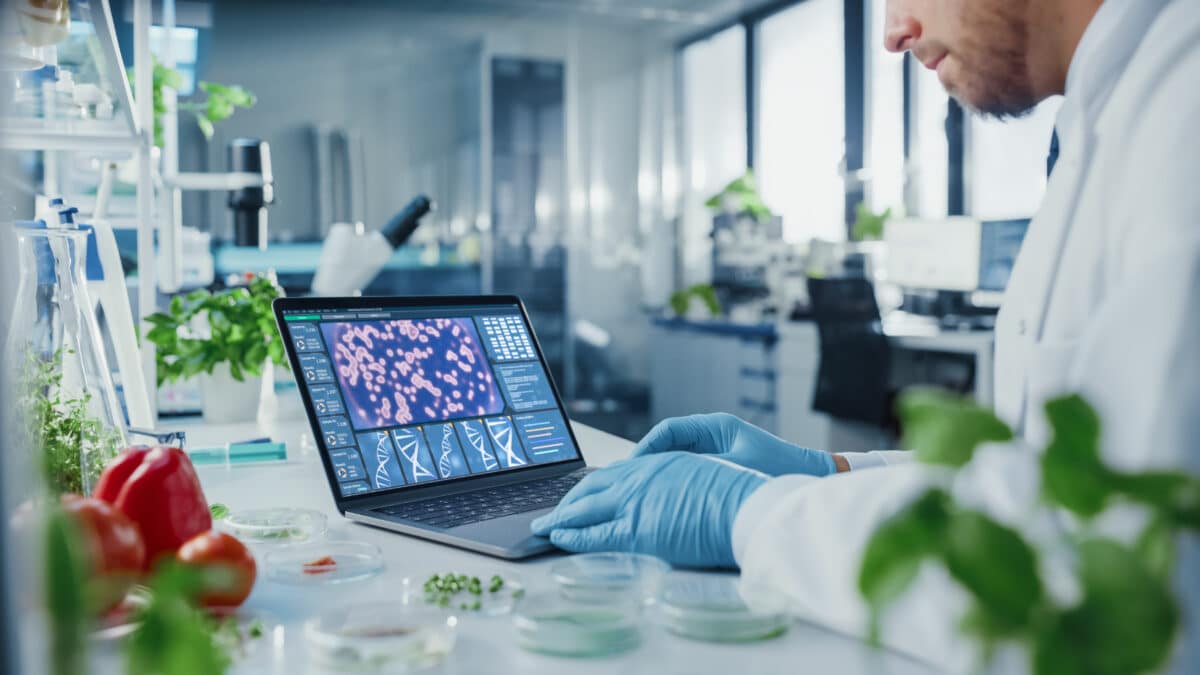Microorganisms are part of our food. However, knowledge of which microorganisms are found in food and in the production environment is still limited. A recent study, in which Matís participated, has provided new insight into this subject. The results will contribute to a better understanding of the effect of microorganisms on various aspects of food, such as shelf life, safety, quality and taste.
The study was part of the European project MASTER, which brought together 29 partners from 14 countries. One of the goals of the project was to create a database of microorganisms in food by sequencing genetic material from 2533 samples taken from various foods and their production environment. Matís was in charge of studying samples from Icelandic fish processing plants, but the research project covered all major food groups. This is the largest study ever conducted on the microbial composition of food and production environments, but a better understanding of these microbes could contribute to the improvement of people's health, as some microbes from food can become part of our microflora.
A total of 10899 food-associated microorganisms were identified in these samples, half of which were previously unknown species. The results showed that food-related microbes form an average of about 3% of the intestinal flora of adults and about 56% of the intestinal flora of infants.
"These results suggest that some of the microbes in our gut come directly from food, or that humans have historically acquired them from food, where they have later adapted and become part of the human gut flora," says Nicola Segata, a microbiologist at the University of Trento and the European Cancer Institute in Milan. Although 3% may seem like a low percentage, these microbes can have a major impact on the functioning of the intestinal flora. The database is therefore an important contribution to science and public health, as it will be useful for research on the effects of food-related microorganisms on our health.
Although few pathogenic microorganisms were identified in the food samples, there were several species that may be undesirable due to their effects on the taste or shelf life of foods. Knowledge of which microorganisms belong to certain foods can therefore be useful for producers, both large and small, to improve product quality. This information can also assist food control in defining which microorganisms should and should not be present in certain foods as well as tracking and certifying their origin. The results of the study were published last August 29 in the magazine Cell Press and the database is now accessible. Findings specifically related to seafood have also been published in the journal Heliyon, published by Cell Press. As mentioned above, the research is part of the European research project MASTER and was funded by Horizon 2020, Horizon Europe, the Italian Ministry of Foreign Affairs, the European Research Council, the Spanish Ministry of Science and Innovation, the Science Foundation of Ireland and the Irish Ministry of Agriculture, Food and Fisheries.




